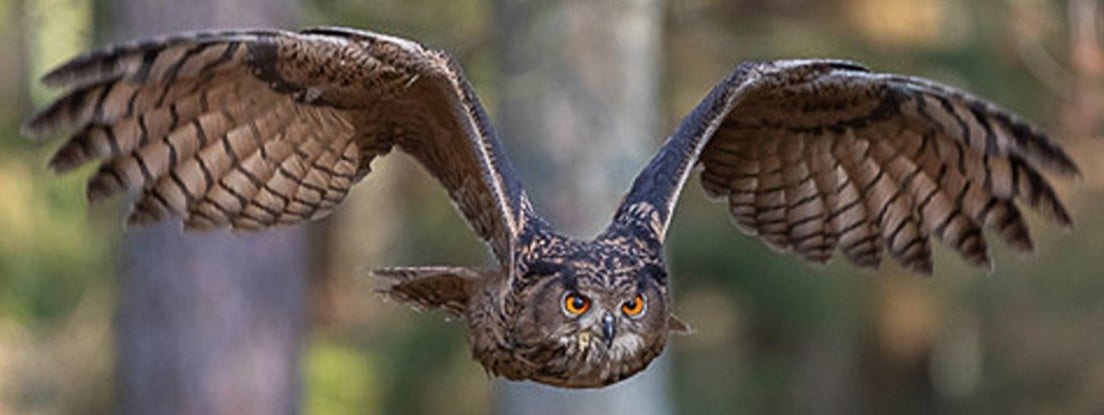Superbowl
For owls that are superb.

US Wild Animal Rescue Database: Animal Help Now
International Wildlife Rescues: RescueShelter.com
Australia Rescue Help: WIRES
Germany-Austria-Switzerland-Italy Wild Bird Rescue: wildvogelhilfe.org
If you find an injured owl:
Note your exact location so the owl can be released back where it came from. Contact a licensed wildlife rehabilitation specialist to get correct advice and immediate assistance.
Minimize stress for the owl. If you can catch it, toss a towel or sweater over it and get it in a cardboard box or pet carrier. It should have room to be comfortable but not so much it can panic and injure itself. If you can’t catch it, keep people and animals away until help can come.
Do not give food or water! If you feed them the wrong thing or give them water improperly, you can accidentally kill them. It can also cause problems if they require anesthesia once help arrives, complicating procedures and costing valuable time.
If it is a baby owl, and it looks safe and uninjured, leave it be. Time on the ground is part of their growing up. They can fly to some extent and climb trees. If animals or people are nearby, put it up on a branch so it’s safe. If it’s injured, follow the above advice.
For more detailed help, see the OwlPages Rescue page.
view the rest of the comments

Interesting place for a nest. I think maybe the pricks protect from predators and egg thieves as well?
So that was the obvious reason to me, soni decided to look up the critters that make the best originally. Owls only reuse other nests, as none of them make their own nests.
The primary cactus carvers are the Gila Woodpecker (top) and the Flicker (bottom).
I actually didn't see any reference to them building here to stay safe from predators. The primary reason given is climate control! The desert air is dry, so it heats up rapidly during the day, and can cool off very rapidly at night, sometimes to near freezing. By carving out the cactus, they get shade and a giant stack of insulation.
They will start making their nests well before nesting, so the cavity can dry out and harden up, so it isn't all mushy.
Once they're done with the hole, it can be used by a few types of owls and other desert animals in need of cozy shelter.
I used this article for info on the woodpeckers if you want more details.
That makes sense. Besides, I don't think there are much other places for a nest in deserts, if you don't count the ground.
The other desert nest sites I'm aware of are either on top of those same cacti for big owls like the Great Horned, or in cliffs/crags like the Pharaoh Eagle Owl.